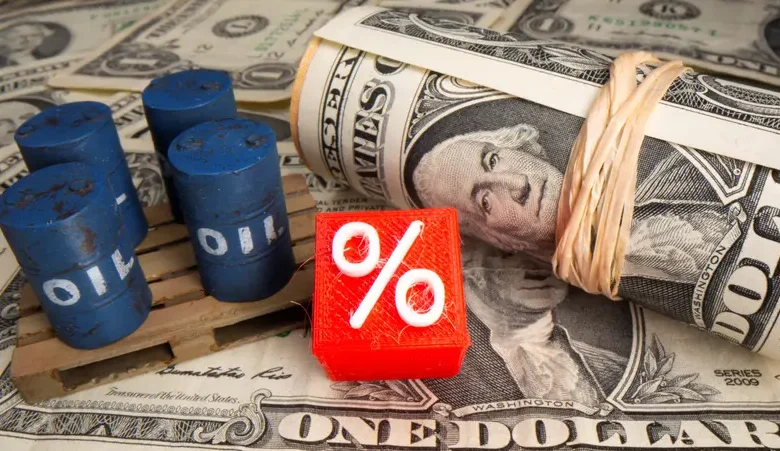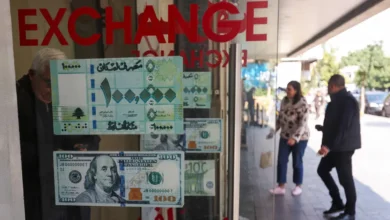Oil falls 4 pct to five-week low on US default worries, weak economic data

Oil prices sank 4 percent to a five-week low on Tuesday along with a drop in Wall Street stocks on worries about a US bond default, weak economic data from China and expectations the US and Europe will raise interest rates again this week.
Brent futures fell $3.16, or 4.0 percent, to $76.15 a barrel by 10:44 am EDT (1444 GMT), while US West Texas Intermediate (WTI) crude fell $3.19, or 4.2 percent, to $72.47.
That put both Brent and WTI in technically oversold territory and on track their lowest closes since March 24.
Wall Street’s main indexes fell after Treasury Secretary Janet Yellen said the US government could run out of money within a month, while investors awaited the Federal Reserve’s policy decision.
The cost of insuring against a US default hit fresh highs after Yellen said the government will be unlikely to meet all payment obligations by “early June,” prompting President Joe Biden to summon four top congressional leaders to the White House next week.
Oil prices also came under pressure after official data at the weekend showed manufacturing activity in China, the world’s top crude importer, fell unexpectedly in April. This marks the first contraction in the manufacturing purchasing managers’ index since December.
“Most sub-indicators show that this might not be a short-term aberration,” said Iris Pang, Greater China chief economist at financial services company ING, pointing to a weakening export market, lower imports in March and falling wages.
A cloudy economic outlook in other parts of the world also weighed on prices, analysts said.
“The unpredictable action of central banks in their mission to tame elevated consumer and producer prices, the rhetoric and action of consuming and producing nations have all cast a rather long shadow of doubt on prospects going forward,” oil broker PVM’s Tamas Varga said.
Investors will look for market direction from expected interest rate hikes by inflation-fighting central banks, which could slow economic growth and dent energy demand.
The US Federal reserve is expected to increase interest rates by another 25 basis points on Wednesday.
The European Central Bank is also expected to raise rates at its regular policy meeting on Thursday.
On the supply side, the market shrugged off news that the Organization of the Petroleum Exporting Countries’ (OPEC) oil output fell in April, as sanctioned countries Russia and Iran continued to find outlets for their crude.
Iran’s oil production has surpassed 3 million barrels per day (bpd), the country’s oil minister said on Tuesday.
Iran pumped 2.4 million bpd on average in 2021 and has been under US sanctions since 2018.
Iraq, meanwhile, produced 3.938 million bpd of crude in April, down by 262,000 bpd from March, a source at state-owned crude marketer SOMO told Reuters.
Another factor that should provide some support for oil prices, a Reuters poll showed US crude oil stockpiles declined about 1 million barrels last week, putting inventories down for a third week in a row for the first time since December.
The poll was conducted ahead of reports from the American Petroleum Institute, due at 4:30 pm EDT on Tuesday and the US Energy Information Administration (EIA) at 10:30 am EDT on Wednesday.










